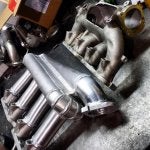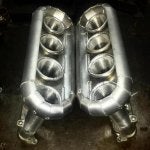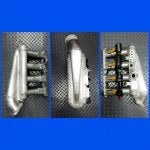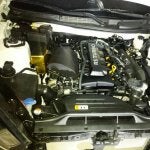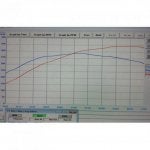I guess we should, for purposes of full disclosure, let everyone know that ElDominio works for a company in PR that also makes an aftermarket IM. So, from that perspective, ElDominio may be a bit biased in his assessment. .
Sorry, but I don't. I just have seen the results of that damn thing myself, since I am a tuner (freelance)
I wish I had a cut for how many of their IM's I've sold before, but I do it so people can spread around how bad the stock one actually is.
I've posted umpteen million times the results of a car with and without an IM (as in, the only change was the IM), yet, everyone seems to stand by our stock crap.
p.s. my car is still on the stock IM since I live the broke life.
BTW, the cylinder imbalance is meh at best.
Again, my beef with flowbenches is that it doesn't show what happens at positive pressures (since a flowbench can only determine how much air fits throgh somethig, and doesn't show you squat about the dynamics of what is happening with that air.
FROM WHAT I HAVE SEEN, our stock intake manifold turns into **** after ~18psi, relatively quickly.
My theory is that pressurized air starts cavitating quickly inside of it after said pressures, but sadly, I have no real way of proving this, except for noting that after 18psi, the power gains per psi start getting lower and lower, independent of what turbo is being used (which is an obvious factor, but a GT3076R shouldn't give you 7whp/psi after 18psi, and 2whp/psi after 24psi.


